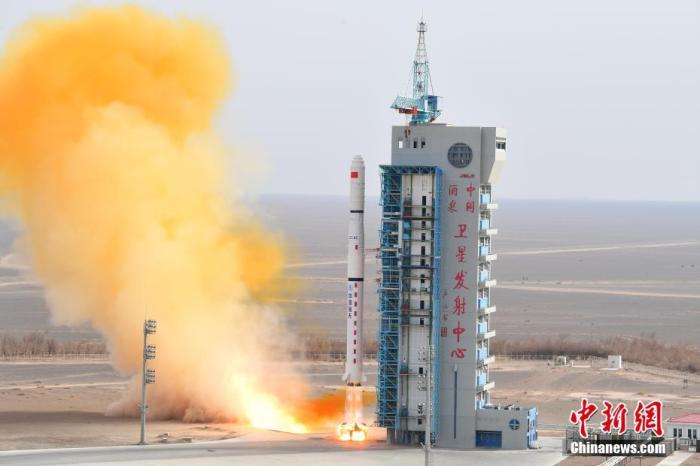China News Service, Beijing, March 13 (Guo Chaokai, Zheng Yingying) At 10:19 on March 13th, Beijing time, China used the Long March 4C carrier rocket at the Jiuquan Satellite Launch Center to successfully integrate remote sensing 31 with one arrow and three stars in series. No. 04 satellites were launched into the air, the satellites entered the predetermined orbit, and the launch mission was a complete success.
The Long March 4C launch vehicle for this launch is a normal temperature liquid three-stage launch vehicle developed by the Eighth Academy of China Aerospace Science and Technology Corporation. It has excellent performance and a wide range of applications.
This mission is the third launch mission of the Chang 4 model in 2021. Three launches were carried out in 44 days, creating another story about high-density launches.
At 10:19 on March 13, Beijing time, China used the Long March 4C carrier rocket at the Jiuquan Satellite Launch Center to successfully launch Remote Sensing No. 31 and Group 04 satellites into the space. The satellites entered their intended orbits.
Photo by Wang Jiangbo
For different types of satellites, the Chang 4 model can adopt a flexible launch plan. It has the ability to launch multiple types of satellites with different orbit requirements. It can launch a single satellite or multiple satellites in one shot, and its sun-synchronous circular orbit carrying capacity can reach 3 tons. (The orbit height is 700 kilometers).
The satellite is mainly used to carry out electromagnetic environment detection and related technical tests.
Photo by Wang Jiangbo
In order to meet the needs of a first-class satellite launch by Samsung, since 2010, the Chang-4 model has pioneered the Samsung series launch method, using a combination of satellite fairing, transition cabin and support cabin, and reasonably set separation attitude and separation timing.
The satellite-arrow separation section realizes the deployment of 3 satellites through 5 separations, while ensuring that each separated body meets the requirements of separation safety and near-field safety.
Up to now, the long four model Samsung series configuration has completed 10 launches, all of which have been successfully completed, which has provided great convenience for the construction of satellite networks.
The picture shows the launch site.
Photo by Wang Jiangbo
According to reports, the remote sensing 31 group 04 satellites launched this time were developed by Dongfanghong Satellite Co., Ltd. of the Fifth Academy of China Aerospace Science and Technology Group, and are mainly used for electromagnetic environment detection and related technical tests.
This mission is the 363rd flight of the Long March series of carrier rockets.
China Aerospace ushered in "two consecutive victories in two days."
Prior to this, China successfully launched the test satellite 9 with the Long March 7-to-Yao-2 rocket at the Wenchang Space Launch Site on March 12.
(Finish)

